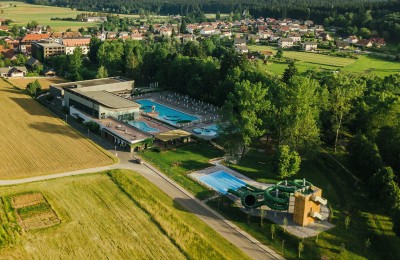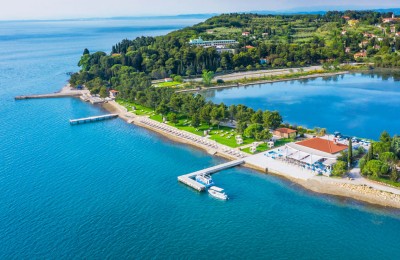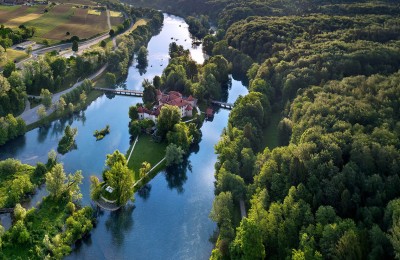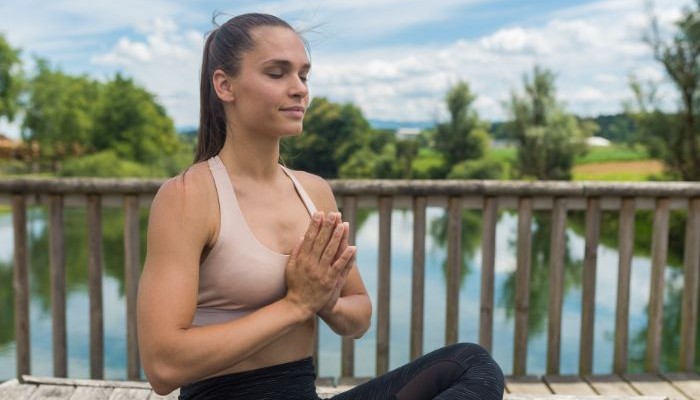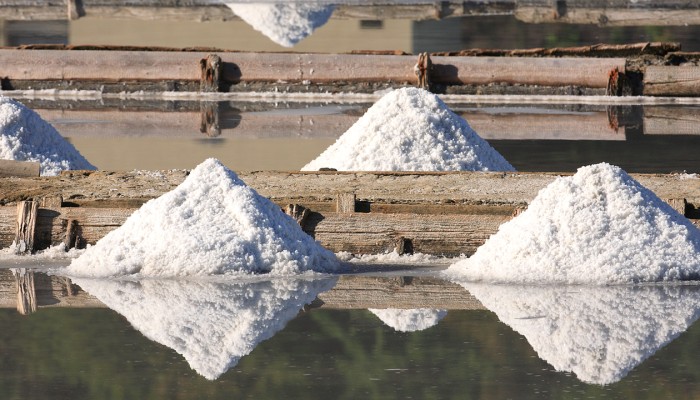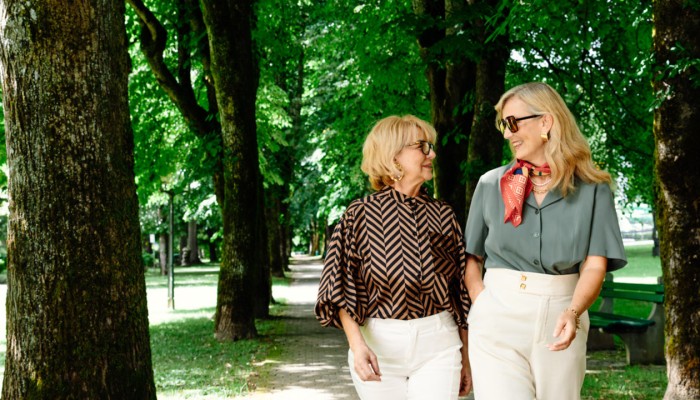Total price:
Terme Dolenjske Toplice
The Story of Hotel Vital

Every corner of Dolenjske Toplice has its own story – about health, social life, and also about people who have found inspiration and strength here. One of these places is today’s Hotel Vital, which for nearly 250 years has been more than just a place for restorative rest: it is a witness to history, a scene of gatherings, and a precious source of vitality. This October, the oldest hotel of this spa begins a new chapter in its story, making it the perfect moment to look back at its history.
Andreja Zidarič
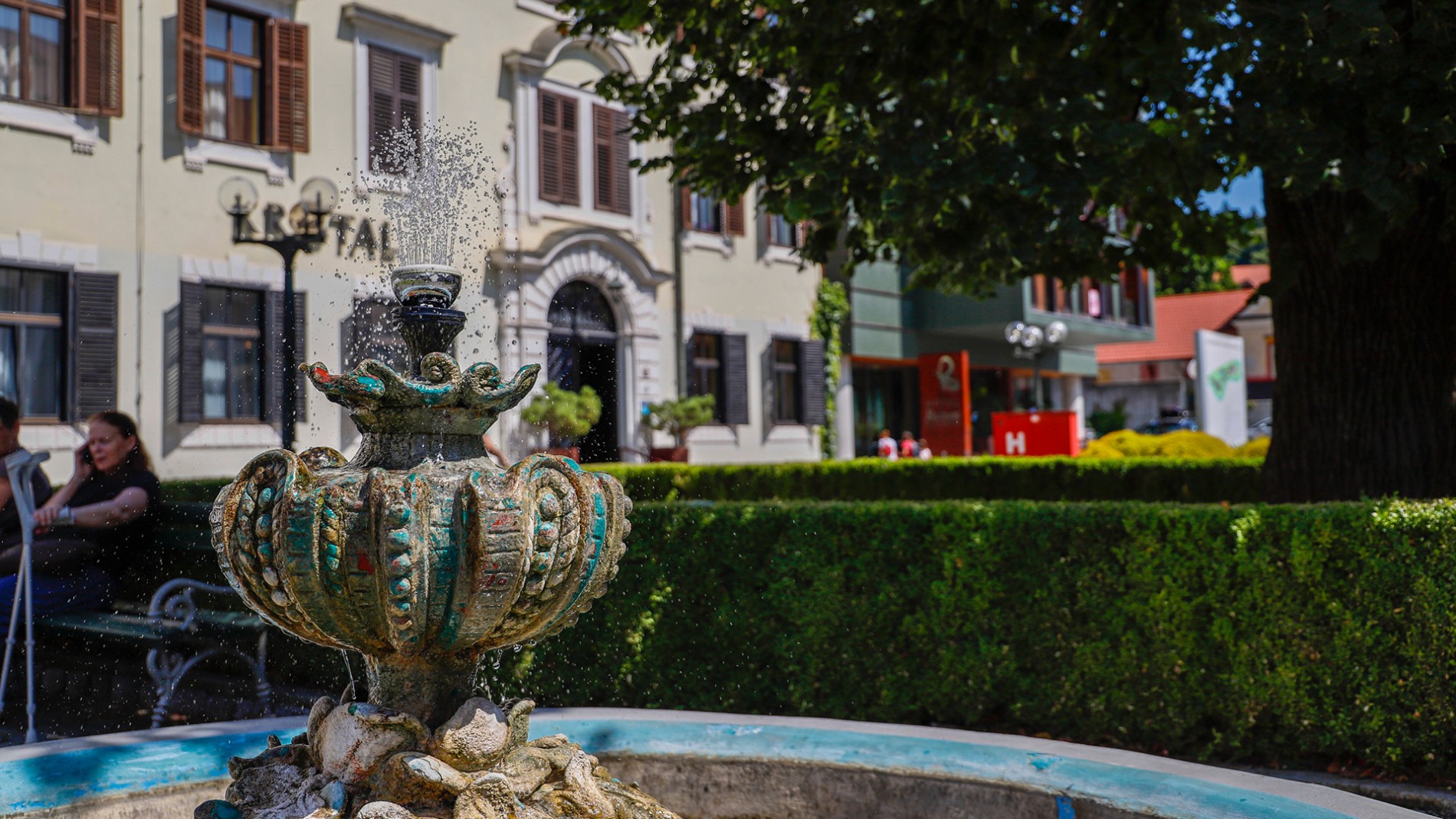
Let’s begin with the legend of the thermal spring …
Legend has it that the innkeeper in Dolenjske Toplice had a dog to whom he was very attached. This dog had the habit of charging at the draft animals pulling carts through the village. One day, it fell under the wheels and then, whining, disappeared along the bank of the Sušica stream. The innkeeper searched for several days, and when he finally found the dog in some bushes, he noticed it was lying in a puddle – and that the water was warm. Thus, this innkeeper’s dog was actually the first to surrender his sick, injured body to the healing effects of the thermal water.
… and let’s continue with historical facts
Hotel Vital 01 – The original simple bathing building
It was built above the thermal spring between 1673 and 1677.
The first written analysis of the spa water
Few spa towns can boast as many written analyses of their thermal water, descriptions of the town, and its surroundings as Dolenjske Toplice. The first analysis of the local thermal water was published in 1777 by Dr. Anton Kastelec, a physician and teacher of health sciences in Ljubljana.
The Auersperg family legacy
Until the second half of the 18th century, the spa was a private bathing place of the Auersperg family. In 1767, Prince Henrik Auersperg had a luxurious four-story building erected on the site of the original bathing house – the basement housed three pools or baths, the ground floor a hall, dining room, and ballroom, and the two upper floors 28 guest rooms. Thus, the Bathing House, today’s Hotel Vital, was created.
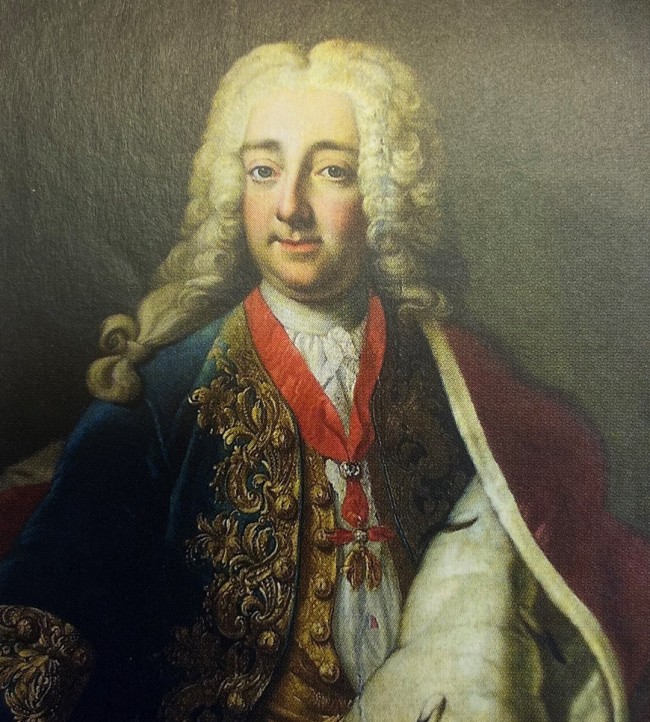
Prince Heinrich Auersperg, the builder of today's bathhouse
- This new bathing building with guest rooms transformed the previous thermal baths into a spa.
In 1776, the Carniolan provincial government issued the bathing regulations – also written by Dr. Anton Kastelec (who had conducted the first analysis of the thermal water).
|
Bathing regulations of 1776, point 19 No one may call these healing baths “water,” otherwise a fine of one goldinar shall be imposed. |
With the Bathing House, Toplice became one of the most renowned Austrian spas of the time and enjoyed significant prestige in aristocratic and bourgeois circles of the Austro-Hungarian Empire until the collapse of the monarchy.
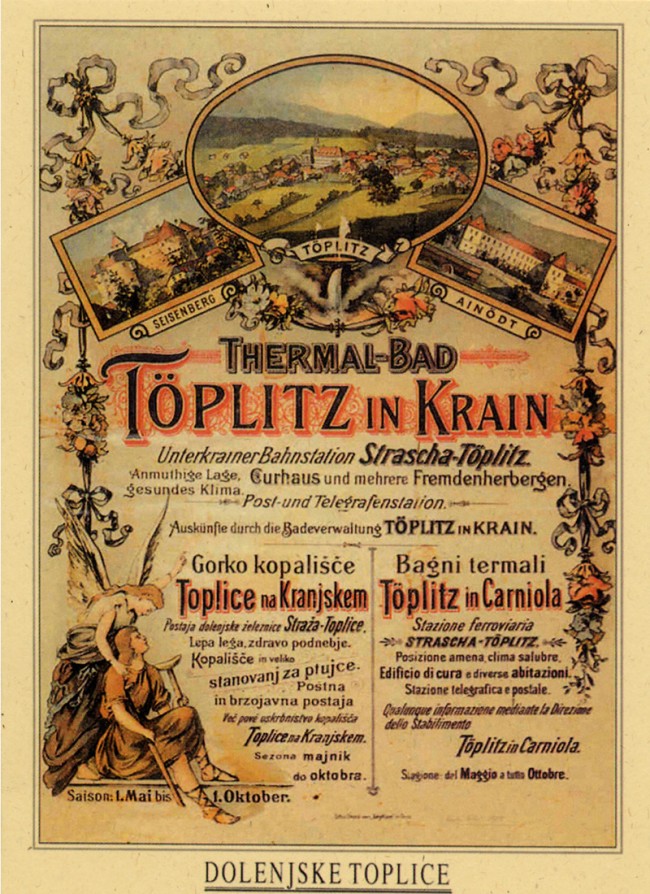
A poster that invited guests to Toplice in Carniola at the beginning of the 20th century. It was printed in Graz.
Dr. Konstantin Konvalinka (1872–1943)
The development of spa activity in Dolenjske Toplice was greatly influenced by Czech physician Konstantin Konvalinka. On January 1, 1913, he took over management of the spa as director; during World War I, he ran the Toplice military hospital and conducted research on the effectiveness of treating rheumatic diseases in soldiers using Toplice water.
In 1921, he purchased the spa with all associated facilities from Prince Karl Auersperg and began renovating and modernizing the spa and hotel accommodations. After specializing in balneotherapy in 1923, he elevated the spa to a sanatorium. In January 1940, he sold the spa with the Bathing House to the spa company Dolenjske Toplice, z.o.o., from Ljubljana.
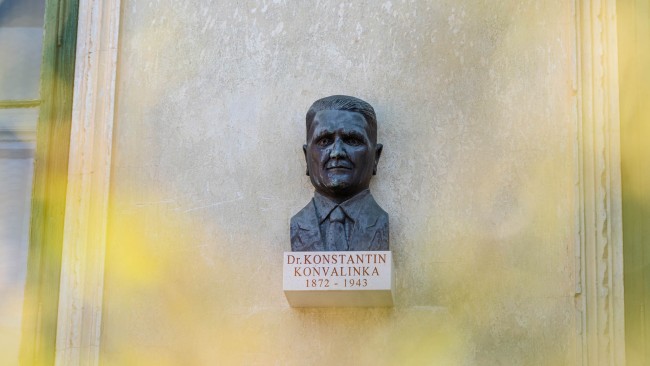
Memorial plaque in Dolenjske Toplice
- Destruction during World War II and hope for a bright future
During a German air raid in October 1943, the Bathing House was severely damaged; full restoration only began after the war. In 1946, the spa was nationalized.
- Thorough post-war renovation
In spring 1953, the Bathing House was refurbished and the spa square and park were arranged; the number of employees increased – the sanatorium evolved into a spa-tourism company.
- New bathrooms and elevator
In 1963, the Bathing House gained two additional floors – the spa added 86 beds and bathrooms on each floor. An elevator was installed, greatly enhancing guest comfort.
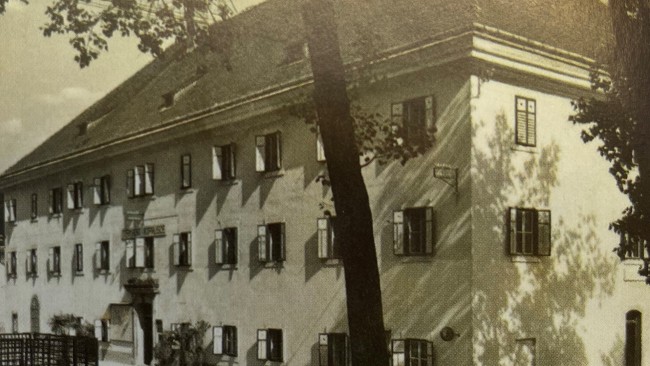
Bathhouse around the year 1960
1973 – a very important year for Dolenjske Toplice
In that year, the Dolenjske Toplice Spa became part of Krka, the pharmaceutical and chemical company from Novo mesto. This marked a period of development and renovation, as the spa in Dolenjske Toplice kept pace with the trends of comparable health resorts at home and abroad.
The renovated building and the hotel with a meaningful name
In the following years, the Bathhouse transformed into a modern four-star hotel, and in 1998 it received a new name – Hotel Vital.

Vitalis means lively, capable of life; thus in the word ‘vital’ we also understand health and energy – which Dolenjske Toplice have offered visitors for centuries.
The hotel’s name thus became a kind of guide and promise to guests: here you will find new strength.

Part of the bigger story
Hotel Vital is inseparably linked with the development of Terme Dolenjske Toplice, which grew from humble beginnings into one of Slovenia’s most important centers of spa tourism. In all phases of modernization and new projects, it has played a significant role – as a home for guests seeking warmth, safety, and vitality.
When Hotel Vital reopens in its renovated form, every visit, including yours, will be an opportunity to feel the pulse of history and at the same time the new energy that the future brings.
Sources:
- Dolenjske Toplice in the Reflection of Time, scientific monograph on the 800th anniversary of the first mention of Dolenjske Toplice in historical sources (2015)
- www.terme-krka.si
- www.obrazislovenskihpokrajin.si
